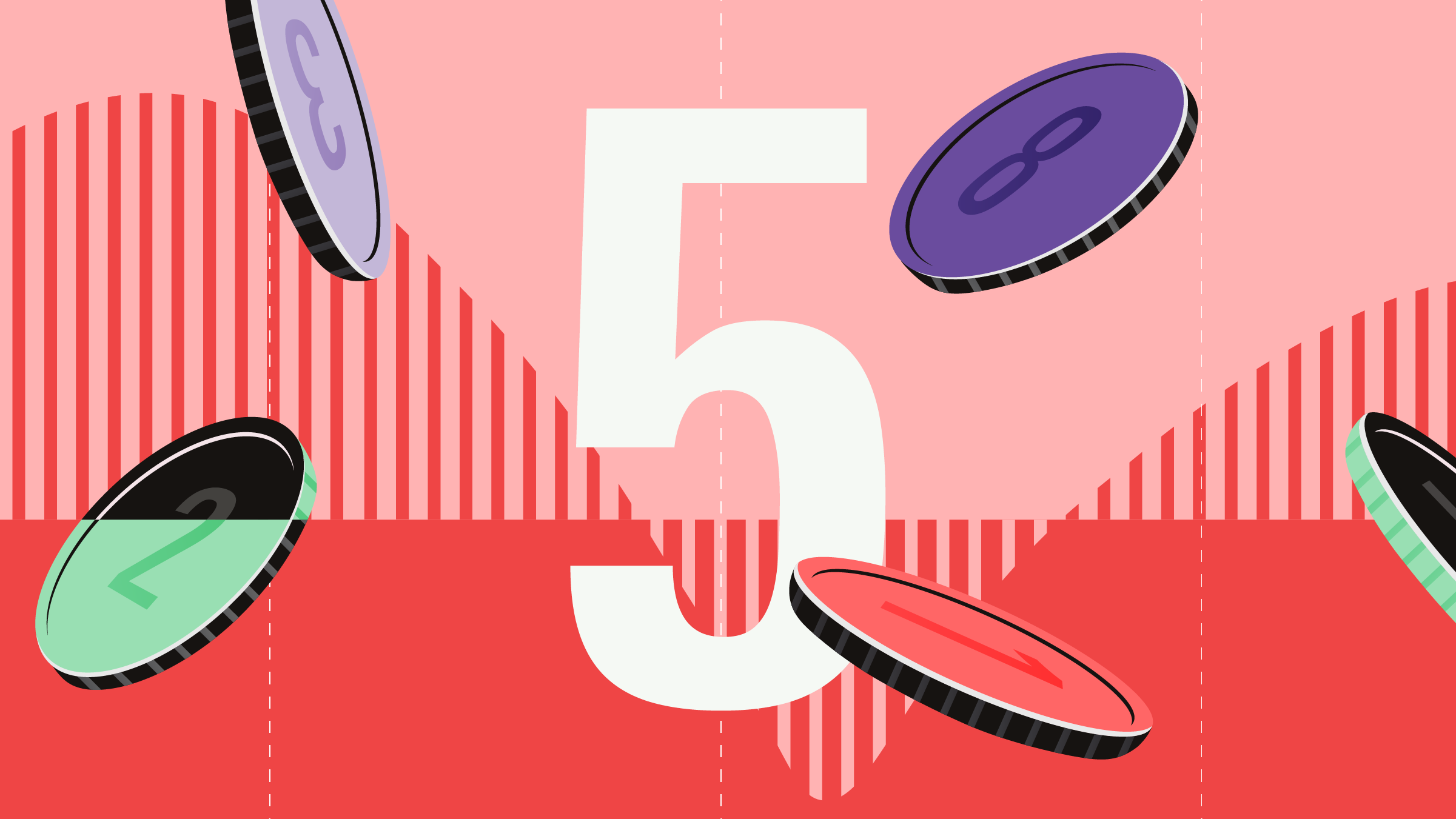Rolle im Portfolio
IShares China Large Cap IRL provides exposure to 50 of the largest companies listed on the Hong Kong Stock Exchange. While China is the world’s fastest-growing and second-largest economy, foreign investors have limited access to companies trading on its mainland exchanges. To own Chinese stocks, investors can look to companies listed on overseas--offshore exchanges, most notably Hong Kong.
The FTSE China 50, the fund’s underlying benchmark, is tilted towards the financials sector, accounting for 50%-60% of total index allocation. The next biggest exposures are to energy, telecommunications, and technology. Individual constituents are capped but approximately 60% of total portfolio value is allocated among the top 10 constituents, limiting diversification at the security level. Given its narrow concentration, this fund can be used as a tactical tool for investors looking to place a short-term bet on the direction of the Chinese equity market and particularly the financials sector. For core holdings, investors may want to consider more-diversified China funds.
Almost all of this fund's holdings are state-controlled firms. These mega-cap state-run companies have benefited from political and financial support from the government, their significant economies of scale, favourable regulations, and oligopolistic positions in their respective industries. Thanks to these enviable operating conditions and double-digit gross domestic product growth rates (in the past decade), Hong Kong-listed Chinese stocks enjoyed significant valuation multiple expansion caused by earnings growth and, in hindsight, overoptimism regarding future growth. In the 10 years through December 2012, this fund’s index generated annualised returns of 18%. Returns have moderated significantly since then, and it is possible the best days of these firms have passed as the government tries to shift its growth model from capital spending to domestic consumption.
This fund distributes dividends quarterly and may suit an income-seeking investor.
Fundamentale Analyse
China experienced remarkable growth, transforming from a rural society to a manufacturing behemoth. Thanks to market reforms, the world’s second-largest economy grew at unprecedented double-digit levels for almost three decades, but when global trade stagnated during the financial crisis, China’s export-reliant growth model stonewalled. The Chinese economy is slowing, a trend that will inevitably continue.
China is undergoing a paradigm shift, transitioning to a new growth model, one driven by consumption and services rather than exports and manufacturing. According to “official” statistics, the annual gross domestic product rate has been around 7% since 2012, but skeptics reckon that the real rate is probably 1 to 2 percentage points lower. As the catchup effect wanes, China’s growth rate will converge to advanced economy levels. The challenge for policymakers is to avoid a hard landing.
To cope with the slowdown, the government embarked on a colossal stimulus program in 2008, spurring growth temporarily but also increasing debt dramatically. Excessive infrastructure projects, unregulated shadow banking activity, and cheap credit sparked an investment boom, leading to a property and stock market bubble. The People’s Bank of China cut interest rates multiple times in 2015 and lowered the reserve requirement for commercial banks. More fiscal and monetary easing is expected.
In August, the PBoC announced that it was moving towards a more flexible and freely floating currency regime. Under the old system, the yuan--also known as the renminbi--was pegged to a basket of currencies, most notably the dollar. With the greenback’s upward climb, the yuan followed in tandem, making Chinese exports more expensive. On Aug. 11, the central bank stepped in, devaluing the currency and aligning it more with the market rate. A cheaper currency will make Chinese exports more competitive.
Authorities are sending contradictory messages: They are opting for financial and exchange-rate liberalisation but still hold a tight grip on the market, pledging to limit disruptive outflows and volatility. After the Chinese stock market took a sharp downturn in August, the Chinese government undermined supply and demand forces by buying shares to prop up an already highly inflated stock market. Regulators also suspended IPOs and banned short-selling. Given the recent volatility and heavy-handed response by the Chinese government, foreign investors may remain on the sidelines for the time being.
Indexkonstruktion
The FTSE China 50 TR USD Index is a float-adjusted market-capitalisation weighted index, consisting of 50 stocks that trade on the Hong Kong Stock Exchange. In 2014, FTSE extended the FTSE China 25 Index into a 50-stock index and renamed it the FTSE China 50 Index. FTSE is now considering adding China A-shares into the index. All companies with a weighting greater than 4.5% in aggregate cannot together make up more than 38% of total index value. Each member is also capped at 9% to ensure diversification. Constituents include H shares, P Chips, and Red Chips. H-shares are companies incorporated in the People’s Republic of China and listed in Hong Kong. Unlike China-listed A-shares, there are no restrictions for international investors trading in H-shares. P Chips are companies incorporated outside the PRC but with at least 50% of their revenue or assets derived from mainland China. They are controlled by Mainland Chinese individuals, with the establishment and origin of the company in Mainland China. Red Chips are companies incorporated outside the PRC but with at least half their sales coming from Mainland China and at least 30% of their shares held by Mainland Chinese entities. Stocks are screened for liquidity and selected to represent the largest companies on the exchange. The index is reviewed quarterly and changes are made as needed. Financials by far make up the largest sector of the index, representing 50%-55% of its total weighting. Other significant sector weights include energy (10%-15%), information technology (10%-15%), and telecommunications (10%-15%). The top holdings are Tencent Holdings (7%-11%), China Construction Bank Corp (6%-10%), and China Mobile (6%-10%).
Fondskonstruktion
The iShares China Large Cap ETF uses full physical replication to capture the performance of the FTSE China 50 Total Return USD Index. The fund owns--to the extent that it is possible and efficient--all the underlying constituents in the same proportion as its benchmark. IShares engages in securities lending to enhance the fund’s performance, lending up to 100% of the securities in its fund. Parent company and lending agent BlackRock covers the operational cost involved in securities lending for a 37.5% stake in the revenue generated from this activity, while the fund keeps 62.5%. Securities lending exposes the fund to counterparty risk, the possibility that the borrower will not return the securities it borrowed. To manage this risk, BlackRock takes collateral greater than the total loan value. Collateral levels vary between 102.5% and 112%. Acceptable collateral includes: equities (up to 40%), government bonds, and, in some cases, cash. Over the past 12 months--as of Sept. 30, 2015--the fund lent out 21.40% of its assets under management (on average) with a maximum on-loan of 26.15% of its assets under management, generating a securities lending return of 0.11%. BlackRock also provides indemnification for its iShares ETFs. If a borrower defaults and fails to return borrowed securities, BlackRock will replace them. The indemnification agreement is subject to changes without notice.
Gebühren
The fund’s total expense ratio is 0.74%, which is pricier than other alternatives offering exposure to Chinese equities. The tracking difference (fund return – index return) over the past few years suggests that the total annual holding cost is higher than the total expense ratio. Other costs potentially carried by the unitholder include bid-ask spreads and brokerage fees when buy and sell orders are placed for exchange-traded fund shares.
Alternativen
The only directly comparable alternative is the db x-trackers FTSE China 50 (DR) ETF, which charges a lower total expense ratio of 0.60%.
Chinese stocks are listed on exchanges globally, markedly in mainland China, Hong Kong, and New York. Investors seeking exposure to Chinese ETFs are encouraged to analyse fund holdings to ensure they are really getting the exposure they are seeking.
Aside from the FTSE China 50, investors can also look to ETFs tracking the HSCEI. The caveat is that financials account for approximately 70% of total portfolio allocation. ComStage (total expense ratio 0.55%) and Lyxor (total expense ratio 0.65%) are the only providers offering exposure to this benchmark.
Investors seeking broader exposure may want to consider funds tracking the MSCI China Index. With 143 constituents covering about 84% of the Chinese equity market, MSCI China is more diversified at the security level than the FTSE China 50 and the HSCEI. This fund is also skewed towards financials, but to a lesser extent. The next biggest sectors are technology, telecommunications, and industrials.
A few European providers now offer ETFs with exposure to China’s investable A-share market including funds tracking the FTSE CHINA A50 ETF, MSCI China A, and CSI300. Total expense ratios for these ETFs range from 0.40% to 0.99%. Lyxor’s CSI 300 A-share fund offers the cheapest exposure (strictly in terms of total expense ratio) to the A-share market with a total expense ratio 0.40%.
For investors interested in more sector-specific exposure, db x-trackers offers a series of products tracking the CSI300, which covers the A-share market. Sectors vary from transportation, health care, and consumer discretionary. All of these funds charge a total expense ratio of 0.50%.

















